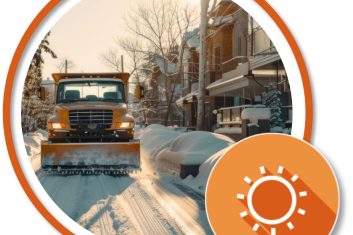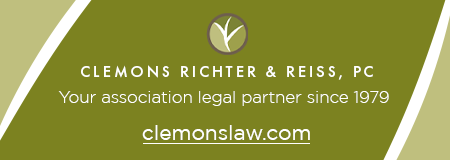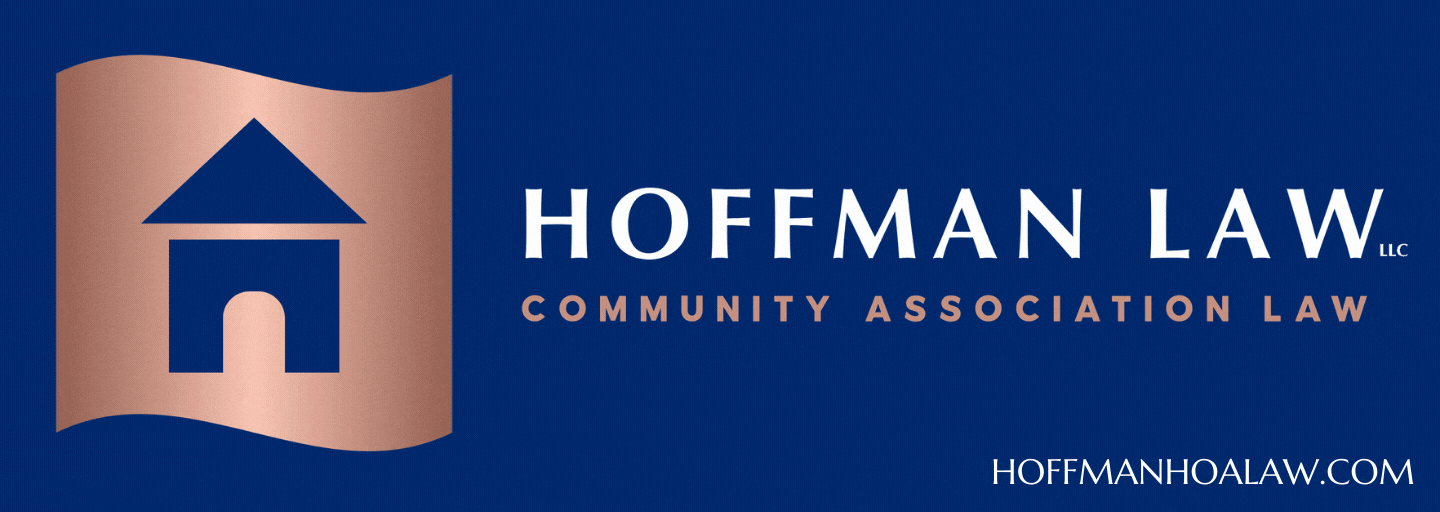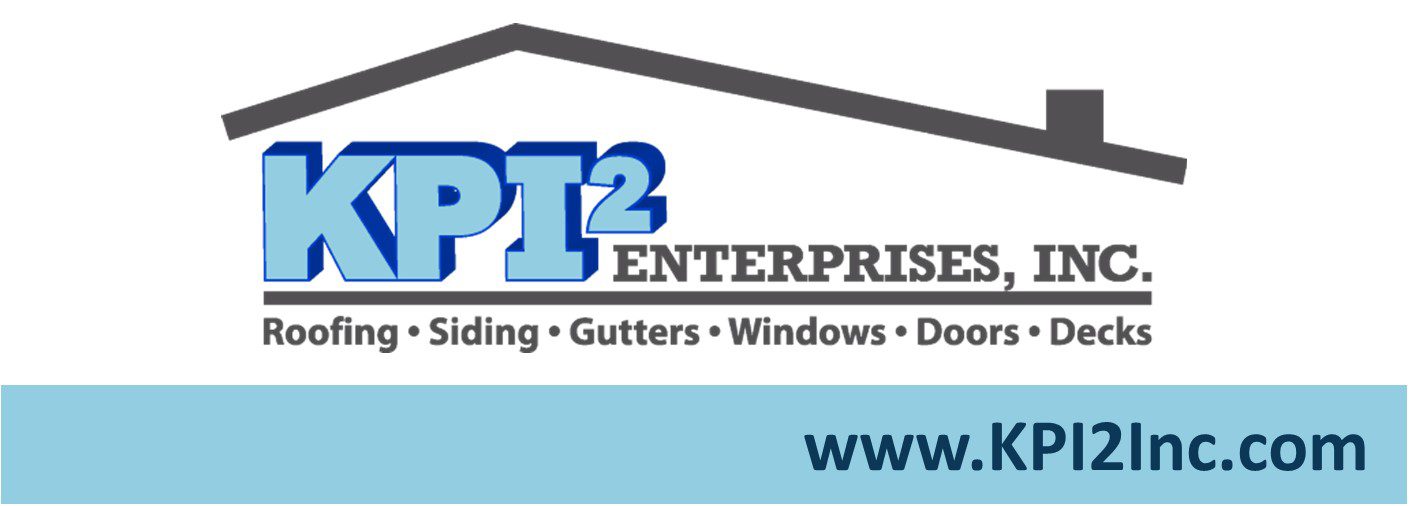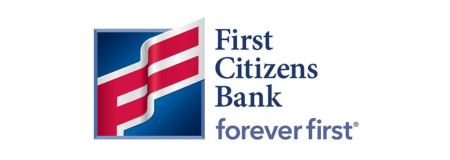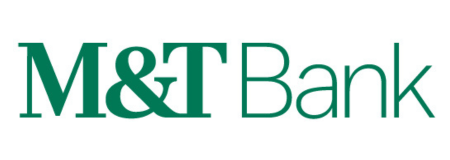Be Fraud Aware to Protect Your HOA
This article courtesy of Truist
The threats of fraud and cybercrime picked up speed during the pandemic. Over the past two years, technology tools allowed millions of Americans to work remotely but exposed the need to raise defenses against fraud.
Business fraud is on the rise for organizations of every size, and homeowner and community associations aren’t immune from this type of attack. These eight facts about fraud can help your association understand and prevent fraud.
- Checks are the most fraud-prone payment method—66% of businesses said they had experienced actual or attempted check fraud. Many associations still receive a large number of payments by check.
- ACH debits are one of the top three fraud targets, and as a primary source of payments to associations, are a key fraud risk to watch. [1]
- Business email compromise (BEC) is one of the most financially damaging fraud schemes, and it’s growing rapidly. In 2020, 62% of businesses experienced attempted or actual BEC fraud. [1]
- BEC criminals used these email-based techniques when carrying out a BEC fraud:
o Spoofing an email account and making it difficult to detect changes that appear to be from a legitimate source.
o Sending phishing emails that appear to be from trusted sources to trick the recipient into divulging confidential information.
o Compromising a genuine email account to issue fraudulent payment instructions.
o Using malware to infiltrate the network so they can view payments and invoices and create scam payment requests through legitimate email accounts.
o Carrying out wire transfers to move the funds that complete the fraud. [1] - Internal fraud can’t be ignored. Internal fraud makes up approximately 37% of all business fraud, typically lasts about 14 months before it’s detected, and consumes, on average, $8,300 per month in losses.
- Most internal fraud loss involves some form of financial asset misappropriation: [3]
o Theft of cash on hand
o Check and payment tampering (stolen checks, false invoices)
o Expense reimbursement padding - Internal fraud hits smaller organizations harder than larger ones— billing fraud happens at double the rate in smaller companies while check and payment tampering occurs four times more often. [2]
- Key fraud prevention and mitigation strategies for associations include:
o Increased transparency
o Regular account reconciliations and audits
o Strong internal and dual controls
o Secured and monitored blank check supplies
o Association-wide fraud awareness and prevention training
o Secure insurance from loss
FOOTNOTES
[1] 2021 AFP Payments Fraud and Control Survey, Association for Financial Professionals, 2021.
[2] 2020 Global Economic Crime and Fraud Survey, PricewaterhouseCoopers, 2020.
[3] 2020 Report to the Nations, Association of Certified Fraud Examiners, 2020. Truist Bank, Member FDIC and Equal Housing Lender. © 2022 Truist Financial Corporation. Truist, the Truist logo and Truist Purple are service marks of Truist Financial Corporation. Truist Bank, 214 N Tryon St., Charlotte, NC 28202.
ABOUT TRUIST
Truist is a purpose-driven financial services company, formed by the historic merger of equals of BB&T and SunTrust. We serve clients in a number of high-growth markets in the country, offering a wide range of financial services.
Website: www.Truist.com/AssociationServices
Email: tavarious.butts@truist.com
Phone: 703.284.0561




